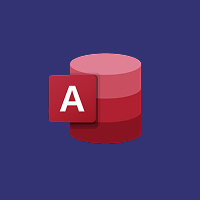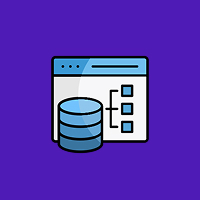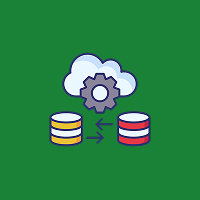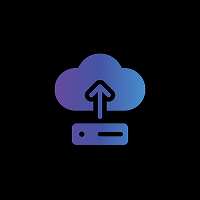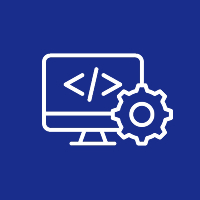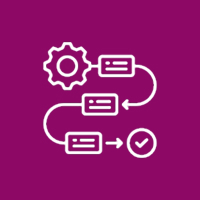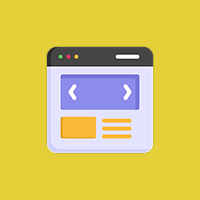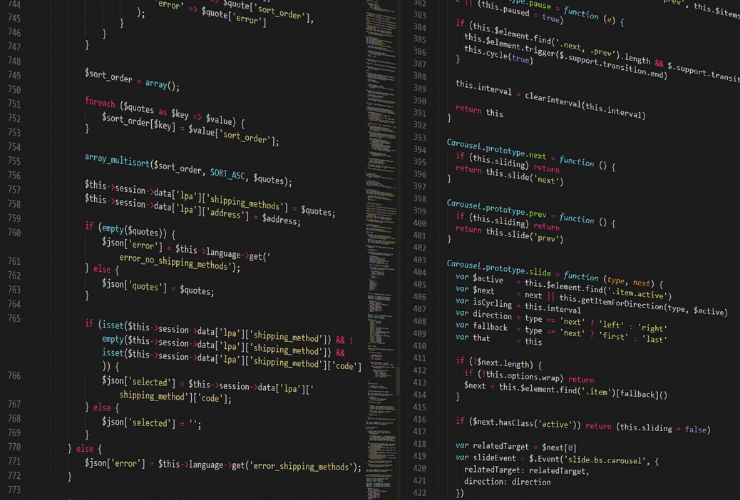Cross-platform development is the wonderful advantage of being able to develop apps for Android and iOS based on one codebase. It is cheaper and more cost-effective to develop, which is most appropriate for startups, small businesses, and even large businesses who need optimized mobile solutions. It is still challenging to produce high-performing apps, however. Customers adore instant load, smooth scroll, and instant response—regardless of the framework used or device that is used.
In this guide, we’ll explore proven strategies and techniques to improve the performance of cross-platform mobile apps, particularly those built using frameworks like Flutter, React Native, and Xamarin.
1. Choose the Right Framework for Your Needs
Every cross-platform framework comes with its own performance trade-offs. Selecting the most suitable one at the outset ensures smoother development and better runtime behavior.
Flutter offers world-class performance because it utilizes a Skia rendering engine and is built on Dart. Flutter is especially suited where applications require custom UIs and clean animations.
React Native runs with JavaScript and is very versatile but offers abysmal performance where applications require heavy data bridge-level communication between JavaScript and native elements.
Xamarin heavily integrates with the Microsoft platform and is best suited where enterprise applications require .NET compatibility.
Selecting the correct framework based on app complexity, team ability, and performance need is the first big step towards optimization.
2. Image and Asset Optimization
Large media files have a tendency to make your app slow. Uncompressed video, large images, and poor asset handling have a tendency to make your app slow and consume much memory.
Optimization Tips:
- Use responsive and optimized image file formats like WebP for Android and HEIC for iOS.
- Use TinyPNG or ImageOptim to compress images before adding them to your project.
- Lazy load off-screen non-critical images or resources together.
- Asset bundling and content delivery networks (CDNs) for reduced content delivery, especially for dynamic content.
- Asset management is very effective in reducing device memory load and speeding up perceived load time.
3. Minimize Bridge Communication (React Native)
Performance in React Native is typically the consequence of excessive or redundant native layer and JavaScript thread communication.
Best Practices:
- Avoid bridging large data structures frequently.
- Batch operations instead of an array of individual calls.
- Cache native modules where needed and do not invoke them per repaint cycle.
Reducing bridge overhead maintains latency and enables stable frame rate, and it is key to smooth UI performance.
4. Correct State Management
State management is at fault when the components re-render and communicate with each other. Incorrect management can cause unnecessary re-renders, bloating memory, and slowing of UI.
Recommended Solutions:
- Flutter: Apply Provider, Riverpod, or Bloc for deterministic and scalable state management.
- React Native: De-couple components and split state logic using Redux, Recoil, or Zustand.
Prevent excessive global state cached or large re-renders through infinitesimal state changes. The more local the state, the more effective your UI updates will be.
5. Use Platform-Specific Code When Possible
Cross-platform frameworks offer a common abstraction across native APIs at the cost of performance in some instances. For performance-critical functionalities such as animations, camera handling, or sensors, use platform-specific modules.
Creating special native components for these operations can help you leverage device-specific hardware and OS-level optimizations—without sacrificing overall app portability.
6. Minimize App Size
Large binary apps influence download time and runtime memory usage and load times.
How to Minimize Size:
- Split code via code splitting to divide the app into smaller, more manageable bundles that only load when needed.
- Eliminate unnecessary libraries and resources during build time.
- Use tree shaking to remove dead code out of production build.
- Enable ProGuard for Android or Bitcode for iOS to remove unused symbols and shrink final build size.
- A lighter app installs fast, is simpler to keep up with, and can handle memory pressure better.
7. Profile and Monitor from Time to Time
Measure twice, cut once. Profiling as a part of regular development catches performance regressions early.
Use These Tools
- Flutter: Frame inspection, memory analysis, and layout debugging capabilities in DevTools.
- React Native: Flipper and Chrome Debugger for live debugging.
- Xamarin: Visual Studio Profiler for performance and memory debugging.
Monitor frame drops, memory leaks, CPU spikes, and long thread blocks. Fix them ahead of time while developing, not post-release.
8. Support Background Processing
Preventing the main UI thread to run parsing data, I/O, or expensive computation creates frozen user interfaces.
Use background threads (such as Flutter’s Isolates or Xamarin’s AsyncTask) to move heavy lifting off the main thread. Prevent UI updates from being jerky by preferring rapid renders and doing as much non-priority work in the background as possible.
9. Optimize API Calls and Data Travel
Too many network calls or non-efficient APIs can predict speed bottlenecks and terrible user experiences.
Best Practices:
- Utilize pagination and infinite scroll for large datasets.
- Use local cache patterns for extremely accessed data.
- Gzip API payloads and batch requests where possible.
- Use GraphQL at data selection to prevent over-fetching.
High-quality data management leads to users receiving data they need with little or no delay and less battery consumption.
10. Test Frequent on Real Devices
Simulators are handy but not a replacement for actual devices. Network lag, OS responses, and hardware variations only happen with actual devices.
Test with different devices having different screen size, RAM, and operating system for performance. Test loading time, frame rate, gesture response, and battery life in all possible scenarios.
Final Thoughts
Cross-platform mobile app development helps users to be cost-effective and responsive—but if done inadequately, user experience will come under the influence. By using these strategies—selecting the best framework, asset optimization, state management with reserve, and extensive testing—you can build responsive, speedy, and scalable mobile apps.
Performance is not a one-time occurrence; performance is a continuous process. Periodic testing, verification, and updation must be performed to surpass customer expectations in the current mobile competitive environment.
If your team needs help optimizing performance or designing the most appropriate architecture for your cross-platform application, hire seasoned mobile developers who are familiar with the frameworks and the performance issues that they introduce.
Contact Us Today



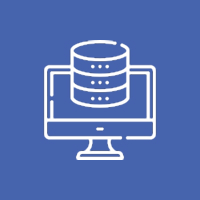




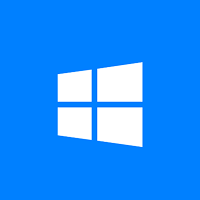
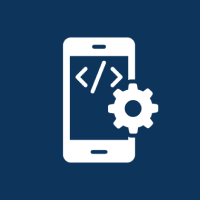



 Database Development
Database Development




